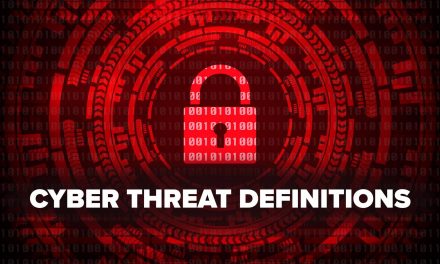According to this study, they gained new skills in meeting heavier workloads and helping their organizations transform amid pandemic uncertainties.
In January and February this year, a survey involving 5,400 IT decision makers in 30 countries was conducted to gauge the impact of increased cybercriminal activities on IT teams’ preparedness and skills.
All respondents were from organizations with between 100 and 5,000 employees. The findings for the Asia Pacific and Japan region (APJ) show how the IT teams in the study took the unique opportunity to build their cybersecurity expertise. They also strengthened their security skills and knowledge despite or due to a heavier security workload.
The study, commissioned by Sophos, also revealed other trends among the respondents in the APJ region:
- 62% of respondents had experienced non-security workload, while 66% experienced an increase in cybersecurity workload.
- 60% of respondents overall reported an increase in the number of cyberattacks targeting their organization, and 65% said the attacks were too advanced for the organization’s IT team to deal with on their own. Globally, the challenge was most acute in the business and professional services sector (63%).
- 72% of respondents said they had increased their ability to develop cybersecurity skills and knowledge. Globally, retail was the sector most able to increase cybersecurity skills and knowledge (77%), followed by education (75%). The development would have been informal on-the-job learning acquired under intense pressure and remote from their normal place of work.
- 59% of respondents said team morale increased over the course of 2020. Globally, ransomware victims were considerably more likely to have experienced an increase in team morale than those that had not been hit (60% versus 47%), although other factors were involved, such as lockdowns and management flexibility.
- 63% of APJ respondents anticipated an increase in in-house IT security staff by 2023, and 55% expected the number of outsourced IT security staff to grow over the same time frame. Some 86% expected AI to help deal with the growing number and/or complexity of threats.
According to Chester Wisnieski, the firm’s Principal Research Scientist: “In many cases these challenges have created not just more highly skilled, but more motivated IT teams, ready to embrace an ambitious future. Planning ahead, we have an excellent opportunity to implement new IT and security policies, adopt more secure modern tools to manage employees and operations beyond the IT perimeter, build expert teams that blend in-house and out-sourced talent, and introduce security platforms that combine intelligent automation with human threat hunting expertise. There is no going back. The future may be just as unprecedented as the past.”

















